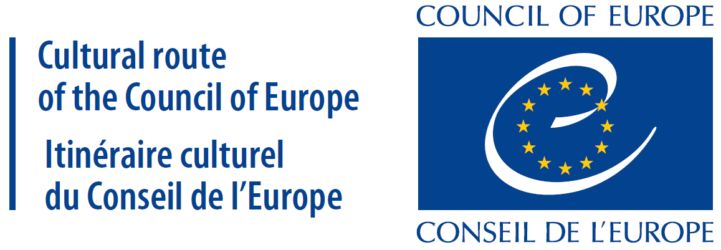This stage of EuroVelo 13 begins on the Hungarian side of the border and passes through a series of small villages, many of which, like Bácsalmás, offer museums or local exhibitions. Crossing the border into Serbia, the route brings you to Subotica, boasting Serbia’s biggest collection of art nouveau buildings. Crossing back over the border, the final significant Hungarian settlement on the Iron Curtain Trail is Szeged, the country’s third largest city and the regional centre of the Southern Great Plain. From there it’s a relatively short journey to the border with Romania.
License & Disclaimer
These EuroVelo GPX tracks are made available under the Open Database License. While ECF and National EuroVelo Coordination Centers and Coordinators (NECCs) make every effort to ensure the tracks and their levels of development are both current and accurate, errors or outdated information can occur. The user is fully responsible for his or her own safety when making use of the tracks and for following national traffic rules and signing. Please download and read the complete disclaimer before using the tracks.
